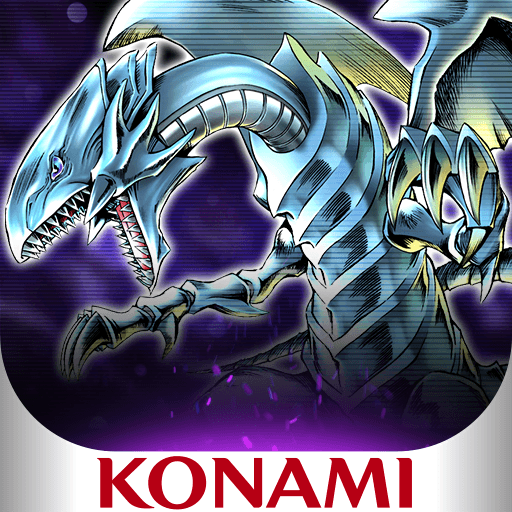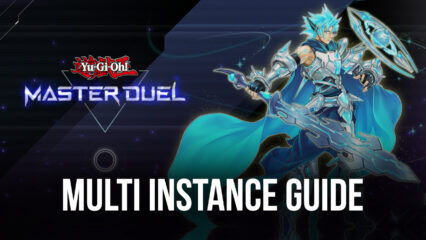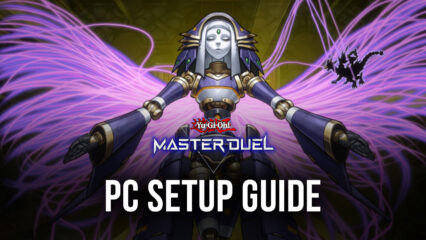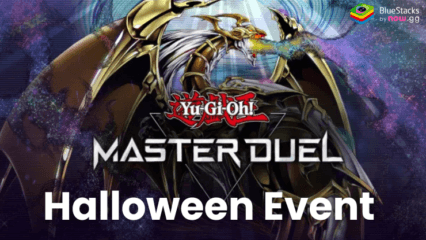Beginner’s Guide to Yu-Gi-Oh! Master Duel - What Do All These Terms Mean?
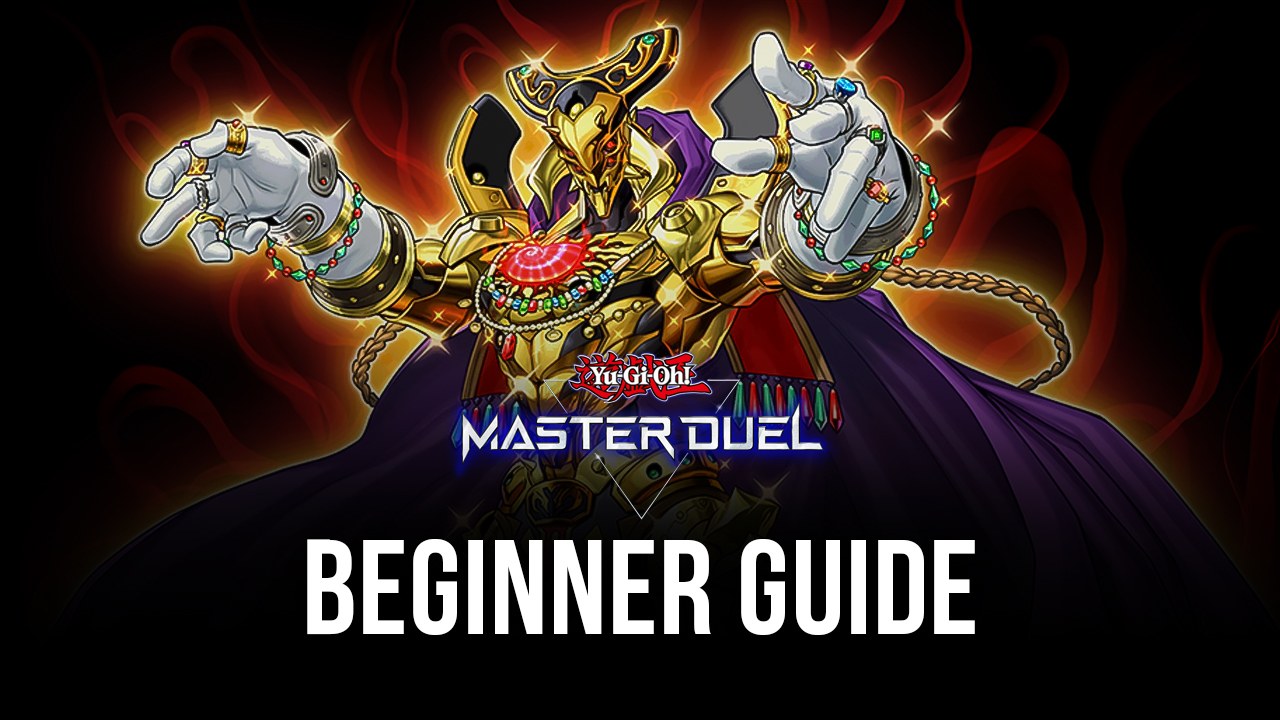
So you’re interested in Yu-Gi-Oh! Master Duel, but have no idea where to start? Maybe you’ve heard of the popular card game, but haven’t actually played it before? If you answered yes to both questions, then this Master Duel guide is for you.
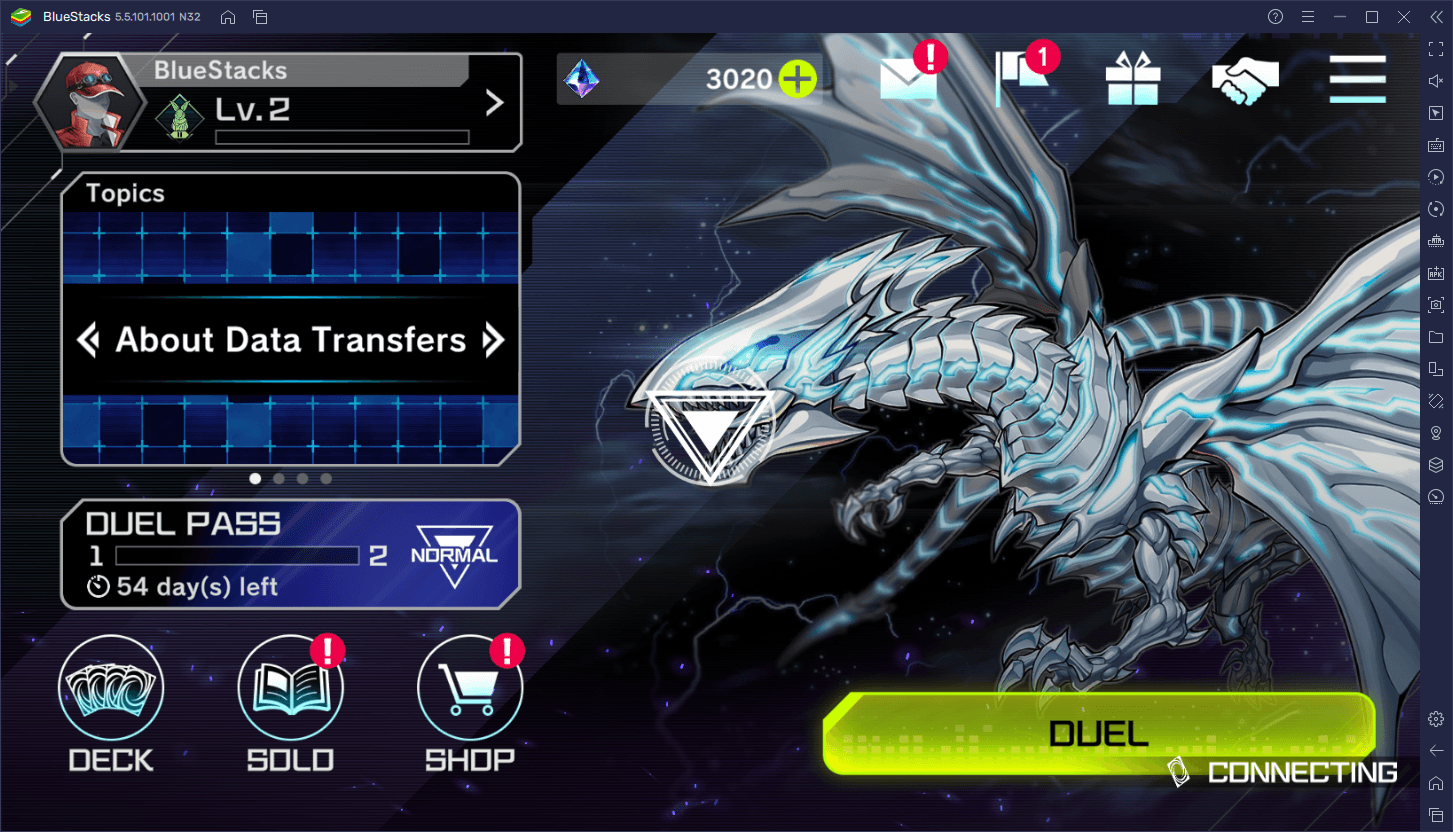
Yu-Gi-Oh! Is not that it’s a complex game per se. Sure, there can be some card interactions that are a bit more complicated than others, but most of these mechanics are usually explained within the cards themselves. Even with the newest iterations that boast added mechanics such as Pendulum, Xyz, Synchro, and others, these are usually more intimidating than complex, as all it takes is a quick read of their cards to actually get an idea of what they do.
However, regardless of your type of deck or play style, the underlying base mechanics of the game always remained unchanged. As such, unless there are certain specific cards in play, the matches in Yu-Gi-Oh always follow a set pattern or flow.
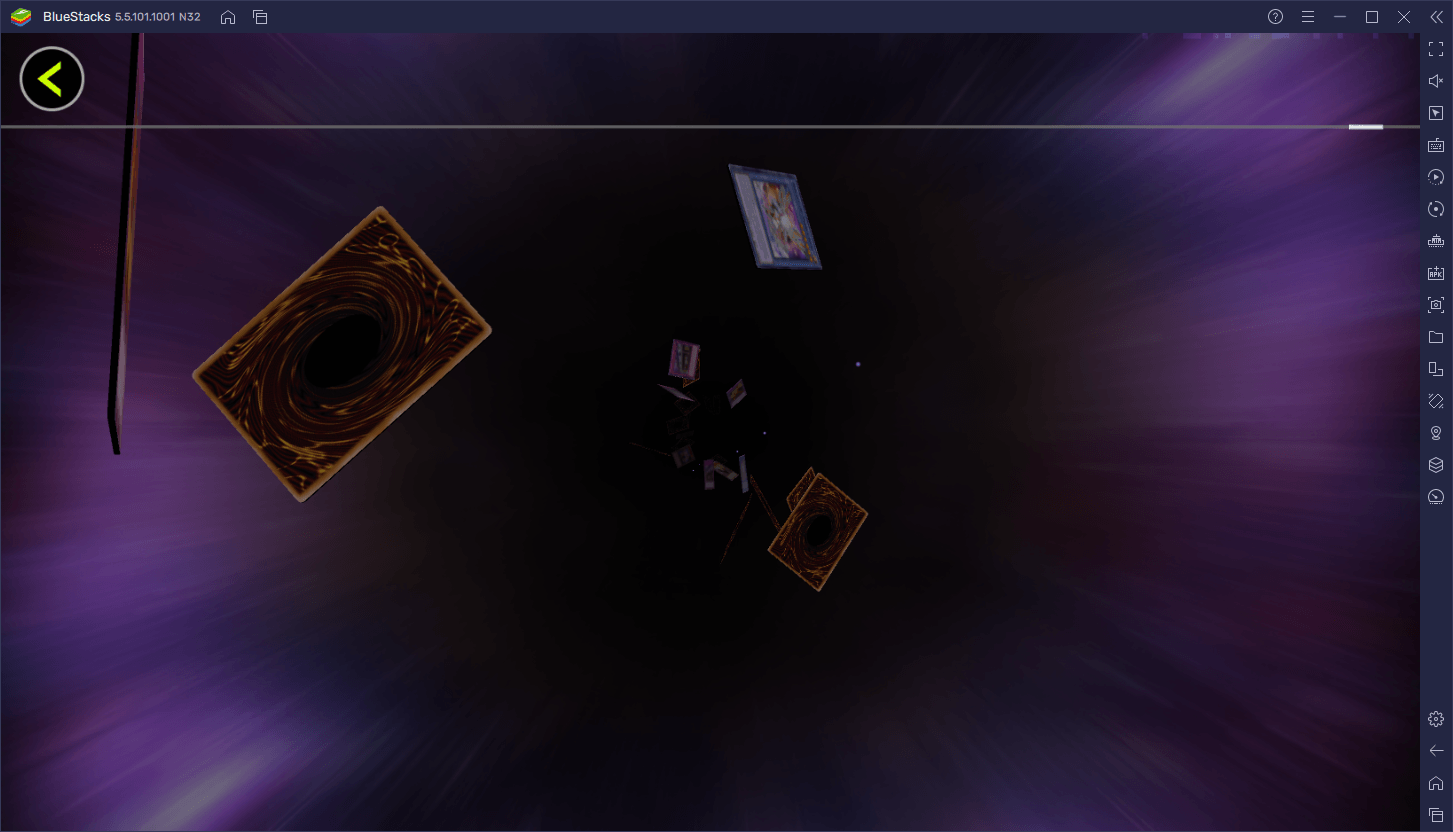
In this guide, we aim to explore the very basics of Yu-Gi-Oh and hopefully shed some light on some of the core mechanics of the popular card game. Keep in mind that this introduction is meant for those who are very new at the card game, in general, and will probably be of little value to those who already have some experience with this game. Suffice to say, if you’re just new and want to get a good start, this guide is for you.
Basic Glossary
Yu-Gi-Oh has a variety of terms and specific words to describe the events that can transpire in any match. It’s important to become intimate with at least the basic terms to always stay on top of what’s happening on the field. This section will be used to describe some of the most common terms used in this game:
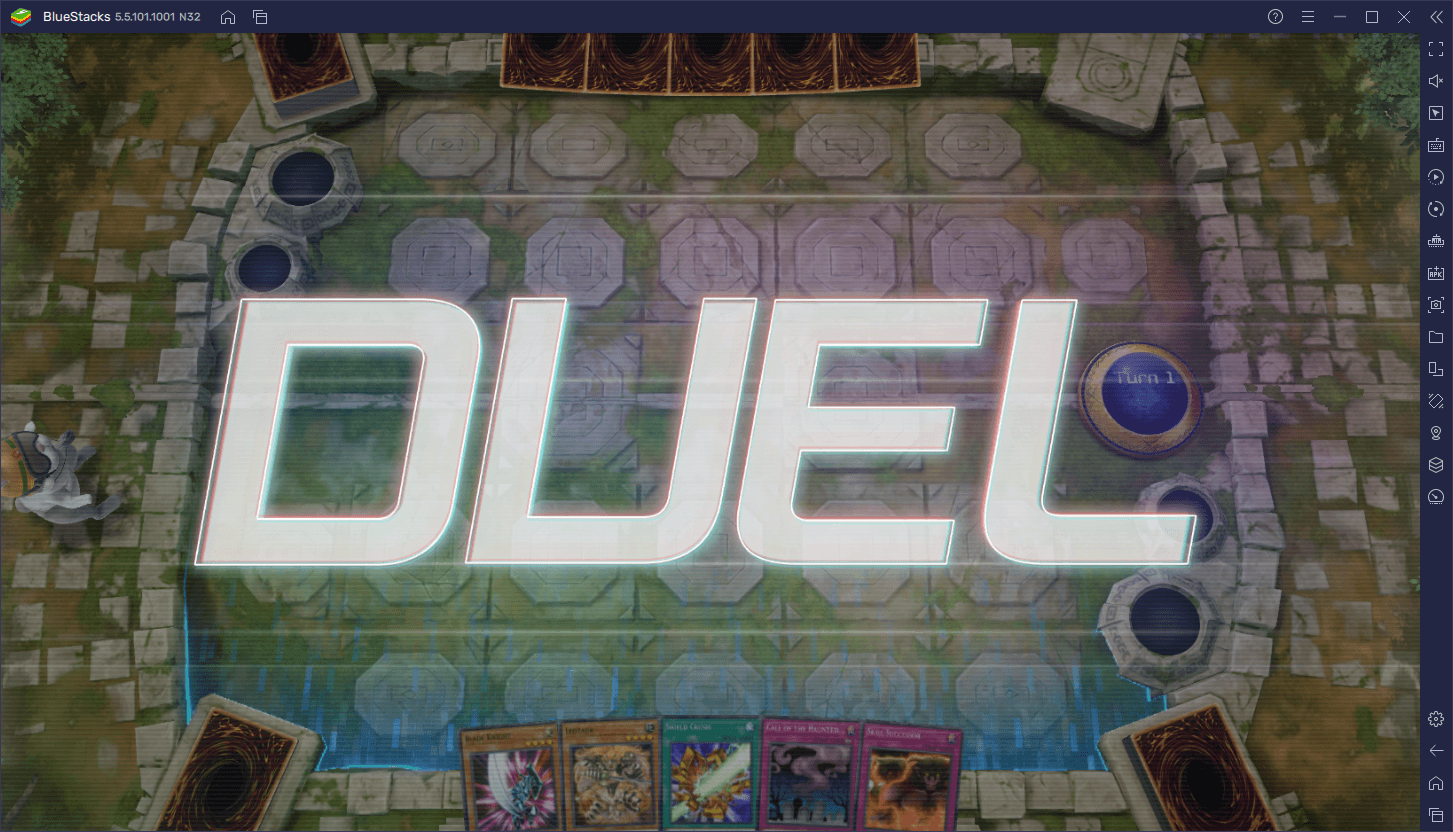
- Set: The action of setting a monster card directly from the player’s hand onto the field. Sometimes used interchangeably with “Normal Summoning”.
- Normal Summon: The most common way of summoning a monster, which is done simply by placing it on the field face-up in attack position from the player’s hand.
- Normal Set: Similar to normal summoning, but placing the monster face-down in defense position.
- Special Summon: Monsters that require certain conditions to be summoned, and thus cannot be normally summoned onto the field.
- Tribute Summon: When the monster card is level 5 or higher, the player must tribute one monster under their control to perform a Tribute Summon. When the monster is level 7 or higher, they require two tributes.
- Flip Summon: When a monster card is changed from face down in a defense position, to face-up in an attack position. Flip Summoning can only be done in the main phases of the turn after the card was first set.
- Battle Position: Refers to whether the monster is in attack position (vertical), or defense position (horizontal). Players can only change a monster’s position once per turn, and during either main phase.
- Turn: A self-explanatory and straightforward term, but that is more than meets the eye. A turn is when the players will perform all their actions, though its complexity lies in the six phases that comprise each of these, which we’ll explain in further detail below.
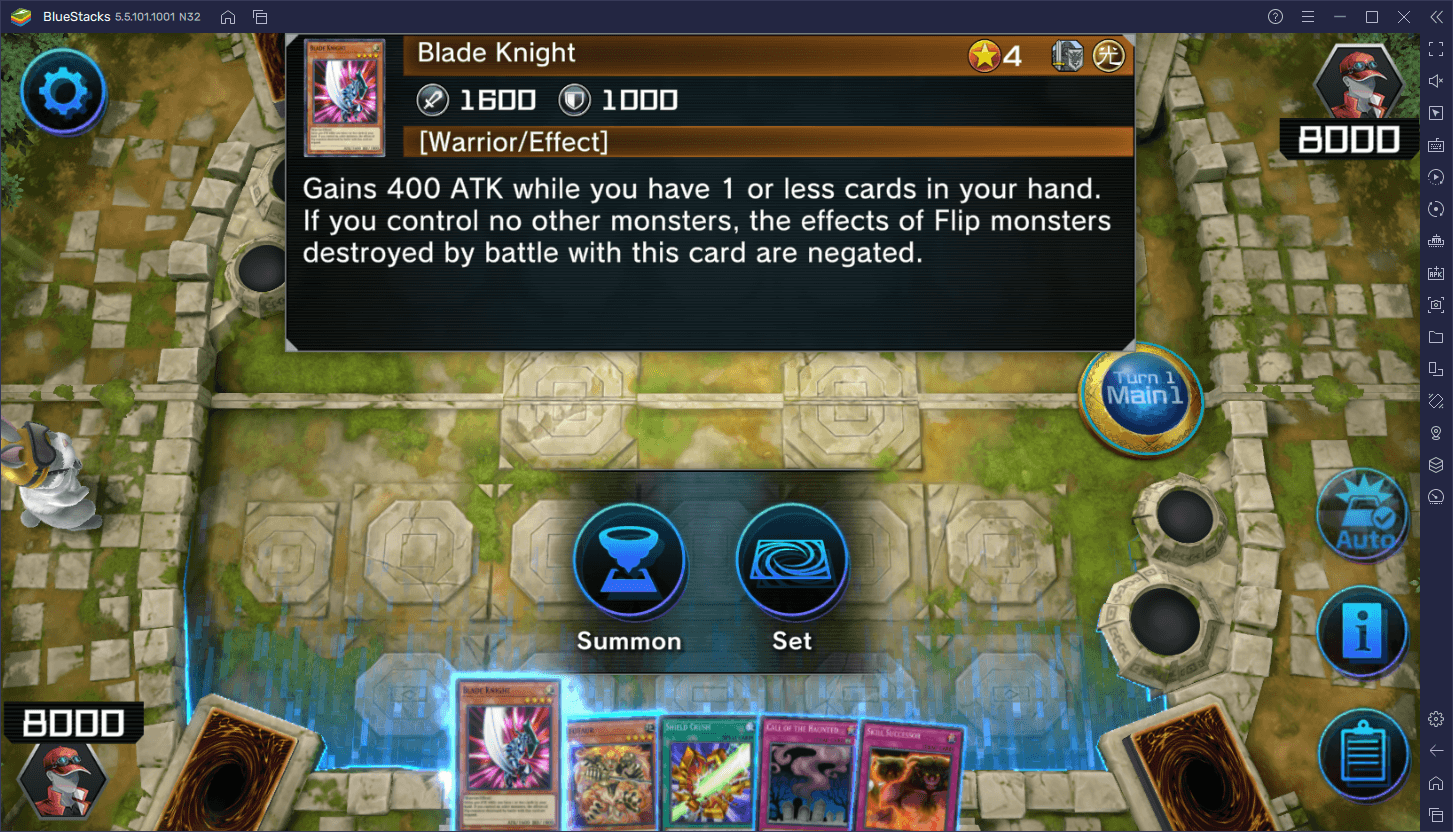
- Effect: Simply refers to the effects that any trap and spell card may have. Lots of monsters can also have effects. Whenever applicable, these effects are always described in detail in the cards themselves.
- Spell Speed: Refers to the situations in which most effect cards can be used. See the spell speed entry further down in this guide to learn more.
- Destroy: The act of eliminating a monster from the field and placing them in the graveyard. A card can be destroyed through many different means, though its destination will always be the graveyard.
- Banish: Similar to destroying a card, except these cards are all but removed from the current match and placed in a separate pile from the graveyard. Banished cards can only be brought back into play through the effects of specific monsters or spells.
- Life Points: Refers to each player’s health. The objective of the match is to reduce the opponent’s LP to 0.
- Areas: The battle arena is divided into several areas, including the Deck; the Extra Deck; the Field; the Hand; the Graveyard; the Banished, and the Attached. Though it’s pretty self-explanatory what each of these areas refers to, it’s still worth making the distinction since some cards can affect other cards located in different areas, aside from the field.
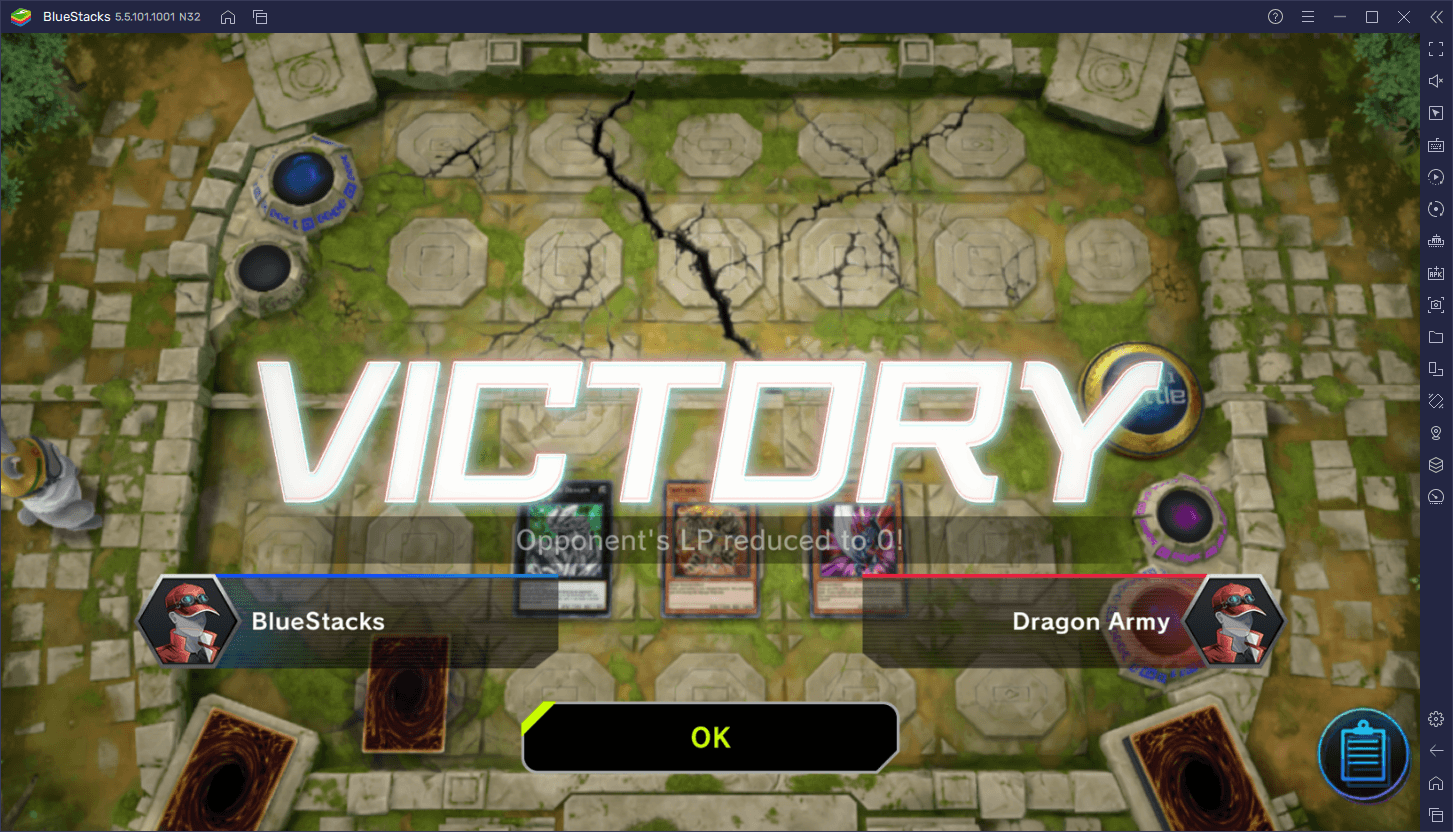
We know this might be a lot to take in initially, but we’ve really just barely just scratched the surface regarding the vast number of terms that can come into play in any given Yu-Gi-Oh match. Regardless, these basics are most of what you need to know to get started, and you’ll pick up the rest as you go.
Match Flow and Turn Phases
Every match in Yu-Gi-Oh plays out through turns, which alternate from player to player. These turns consist of a series of phases, which is where all the actions take place. It’s important to get acquainted with the phases themselves since it lets us know what we can and can’t do, and WHEN we can or can’t do it.
With that being said, a standard turn consists of six phases:
1. Draw Phase: The very first phase of a player’s turn is when they draw one card from their deck. In this phase, players can also activate traps, quick-play spells, and fast effect cards, but only after they have drawn a card. It’s worth pointing out that the very first turn of the player that goes first does not have a standard Draw Phase, and as such, the player does not conduct a standard draw. This is similar to how the player who goes first effectively skips the first battle phase.
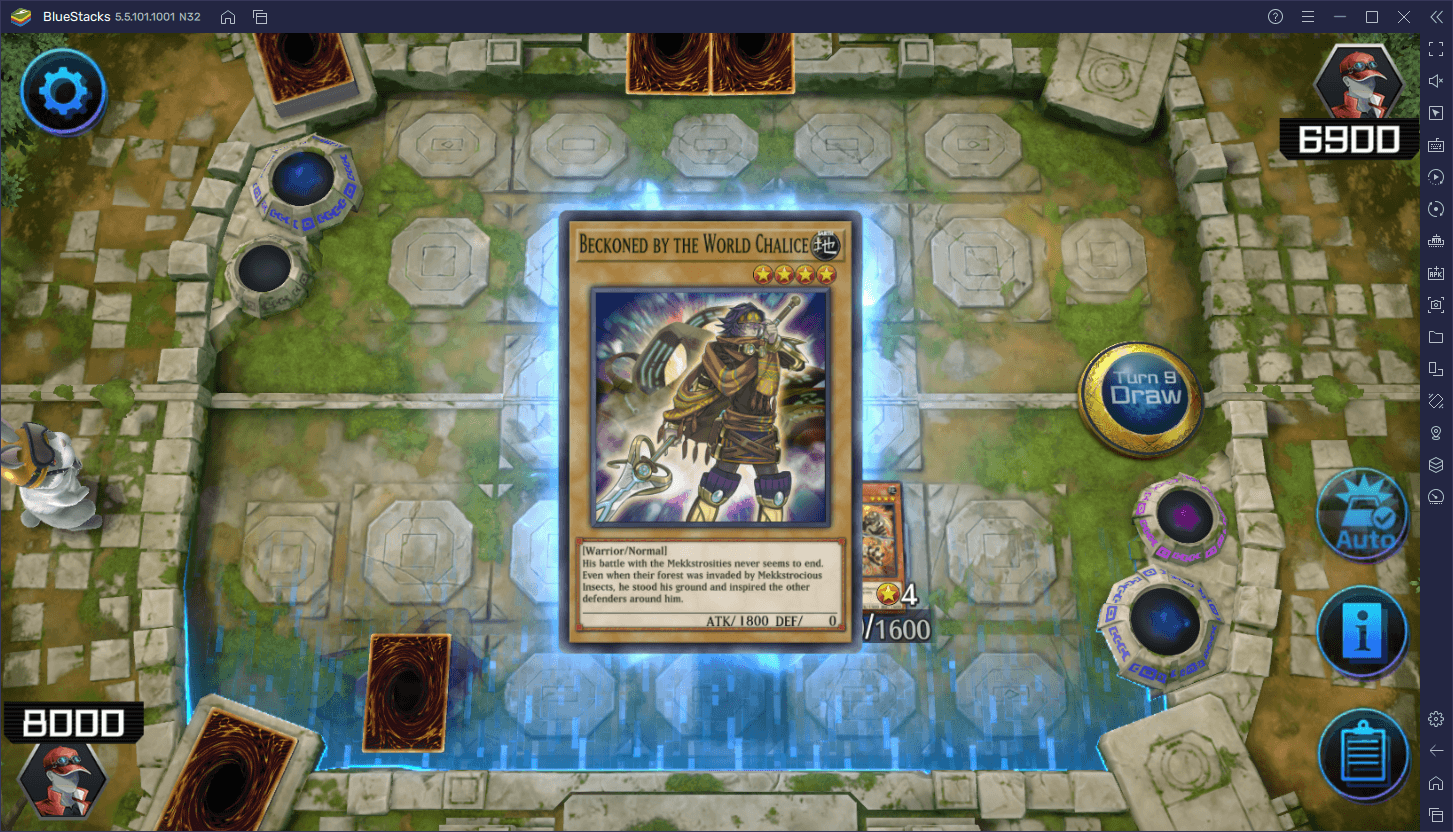
2. Standby Phase: This phase comes immediately after resolving the Draw Phase. This part usually doesn’t require the player to do anything. However, there are some specific cards whose effects play out during this phase. In these cases, these effects are pointed out in the cards themselves. It’s important to note that, if the player has multiple cards that resolve during this phase, they have free reign over the order in which these effects take place.
3. Main Phase 1: This is the phase during which most of the actions of summoning and setting cards take place. During this phase, the player can do the following:
- Set or summon a single monster on the field.
- Special summon a monster.
- Change the position of a monster card from attack to defense or vice versa.
- Flip summon a monster, as long as the card was not set in the same turn.
- Set spells and traps
- Activate spells and trap cards, regardless of their speed. However, quick-play spell cards and traps cannot be triggered on the same turn they were set.
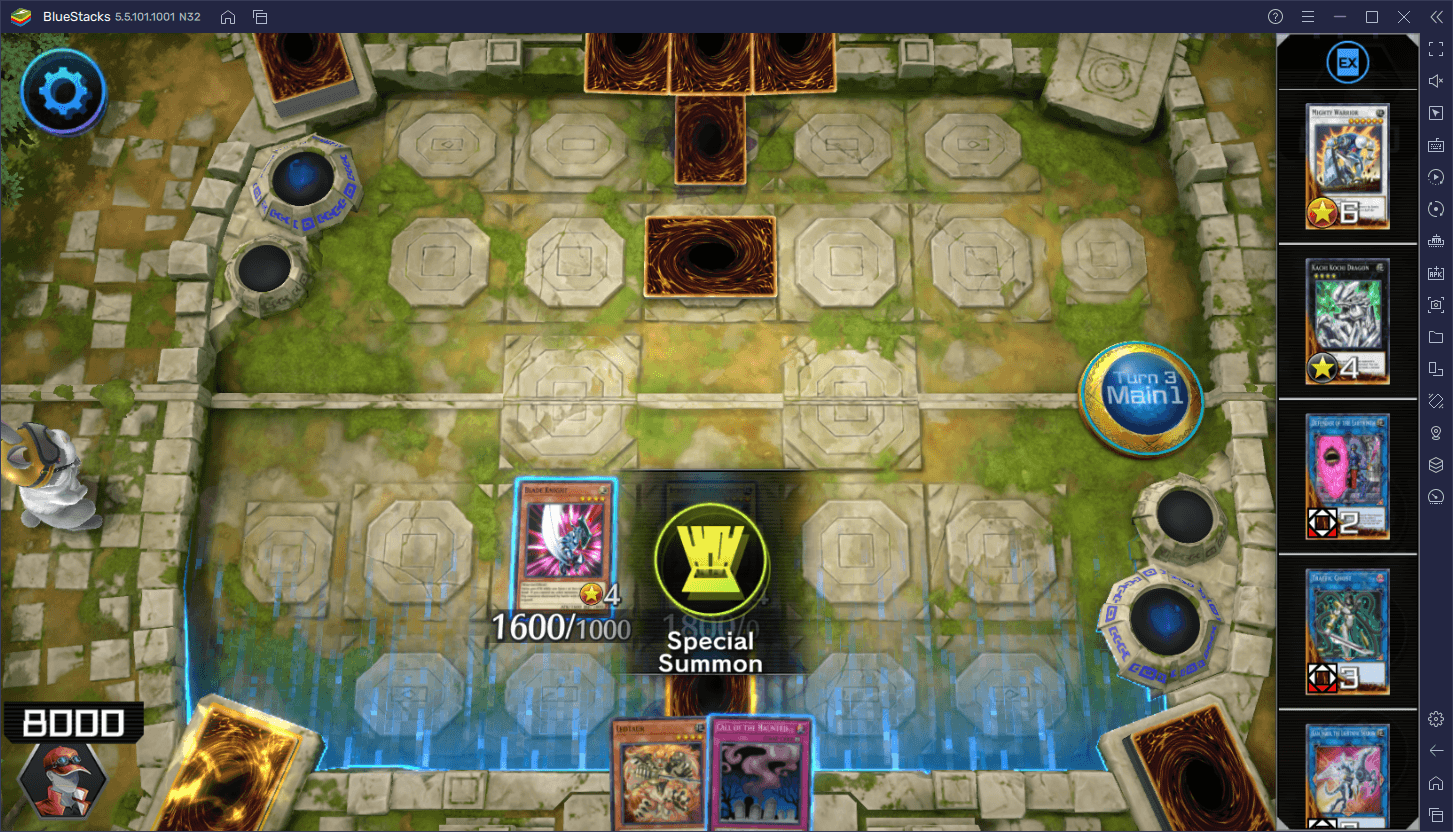
It’s important to mention here that, when it comes to summoning monsters, a player can only set or summon one of these per turn. In this sense, they cannot set or summon a monster on both Main Phases. Similarly, a monster can only change position once per turn, in either phase.
4. Battle Phase: This is when all battles between cards take place and is divided into four distinct steps:
- Start: When the player ends their main phase and transitions into the battle phase. Fast effects can be triggered during this step (see spell speed below).
- Battle: This is when the player openly declares their attacks. Fast effect cards can be used after the attack declaration.
- Damage: This step only happens when the player declares an attack and said the attack isn’t negated by an effect card. This step has five different timings, which aren’t very important to know at this time. However, it’s worth mentioning that some effect cards can only happen at certain timings of the damage step, which they usually mention explicitly in their descriptions.
- End: This step frequently follows the damage step, though some cards might cause it to skip entirely. Some fast effect cards, though not all of them, can be triggered at this time.
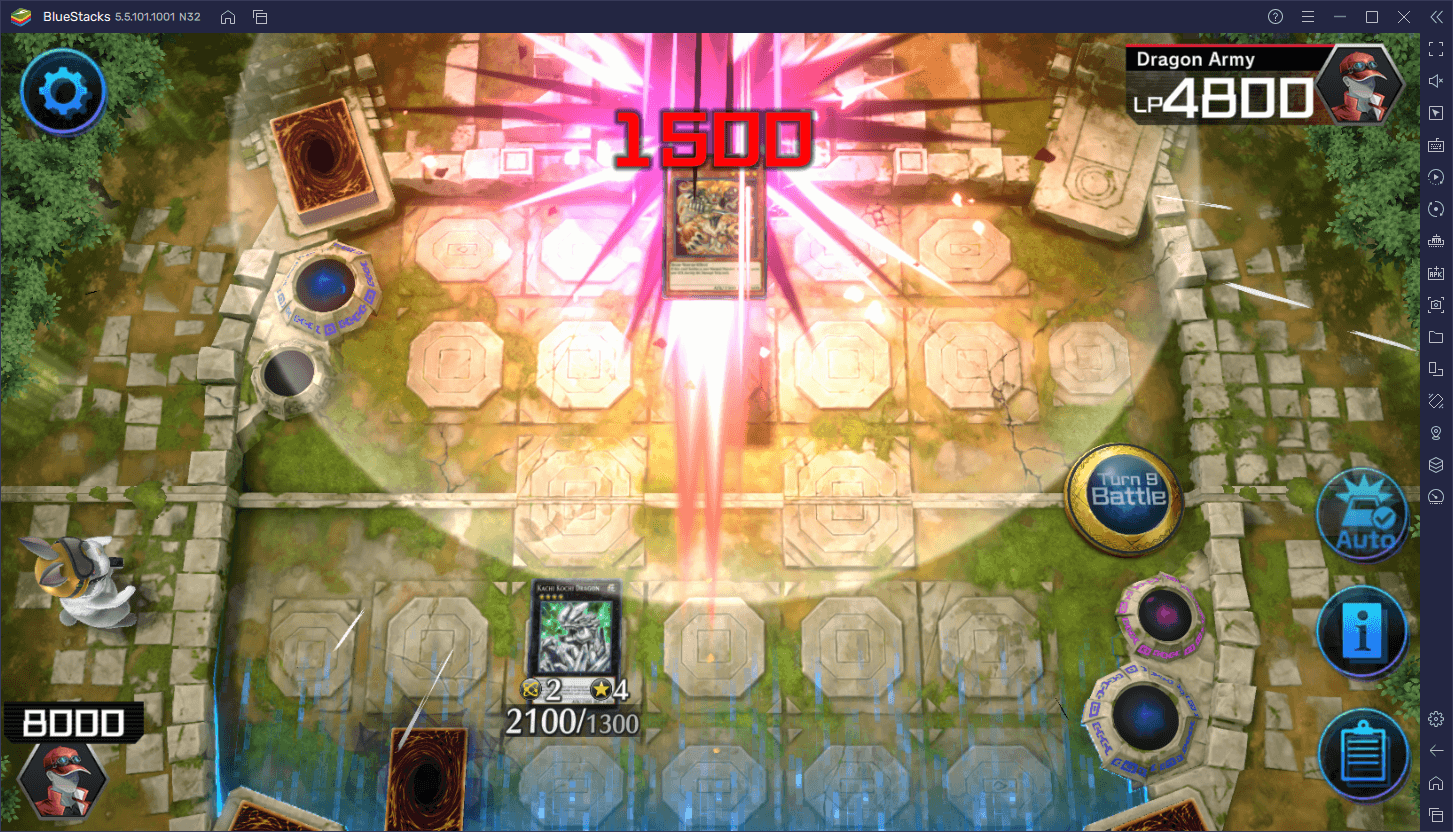
5. Main Phase 2: Identical to Main Phase 1, with the exception that some cards and effects can only be activated at this time. Luckily, these effects are usually mentioned explicitly in their descriptions.
6. End Phase: The final phase of the turn, during which many effects can take place automatically. These cards usually state that they take effect “at the end of the turn”, in reference to this phase. This is also when, if the player has more cards in their hand than the maximum limit of six, they must discard enough cards until they drop back to the limit.
Spell Speed
Despite being an entry in our glossary, this term is complex and important enough to warrant its own section.
As we mentioned above, the term “Spell Speed” references the order in which effect cards may resolve. And despite its naming, this term encompasses all effect cards, including effect monsters, traps, and spells, among others.
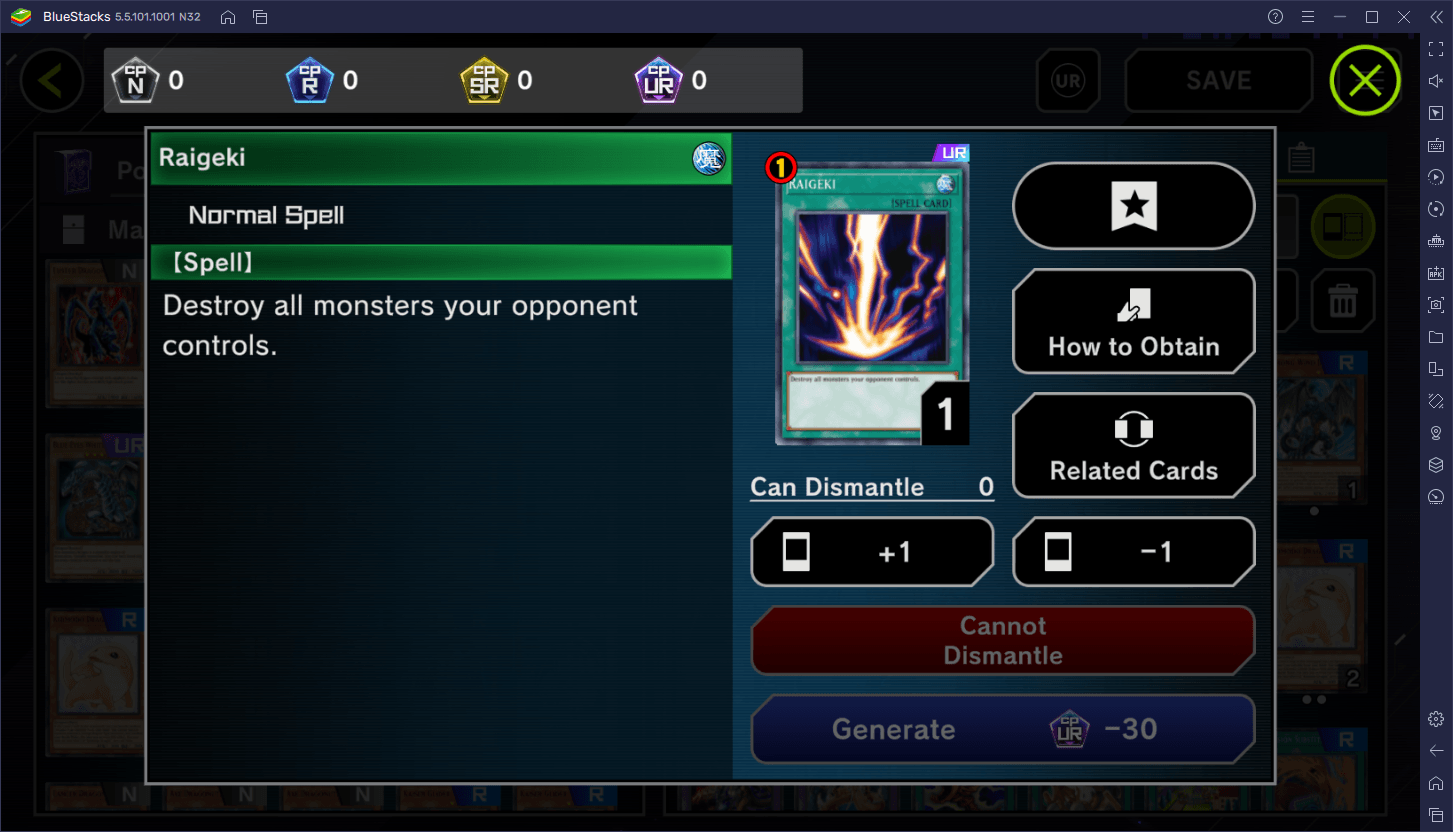
Simply put, all effect cards come in three speeds, Spell Speed 1, Spell Speed 2, and Spell Speed 3. In a nutshell, only effect cards of equal or greater speed can respond to another when the latter is activated. However, cards with Spell Speed 1 cannot be used in response to other effect cards, and therefore cannot be chained. As such, while they can be used to start a chain, they will never be the second link in the chain or higher. Most spell cards have Spell Speed 1, unless they are quick-play spell cards.
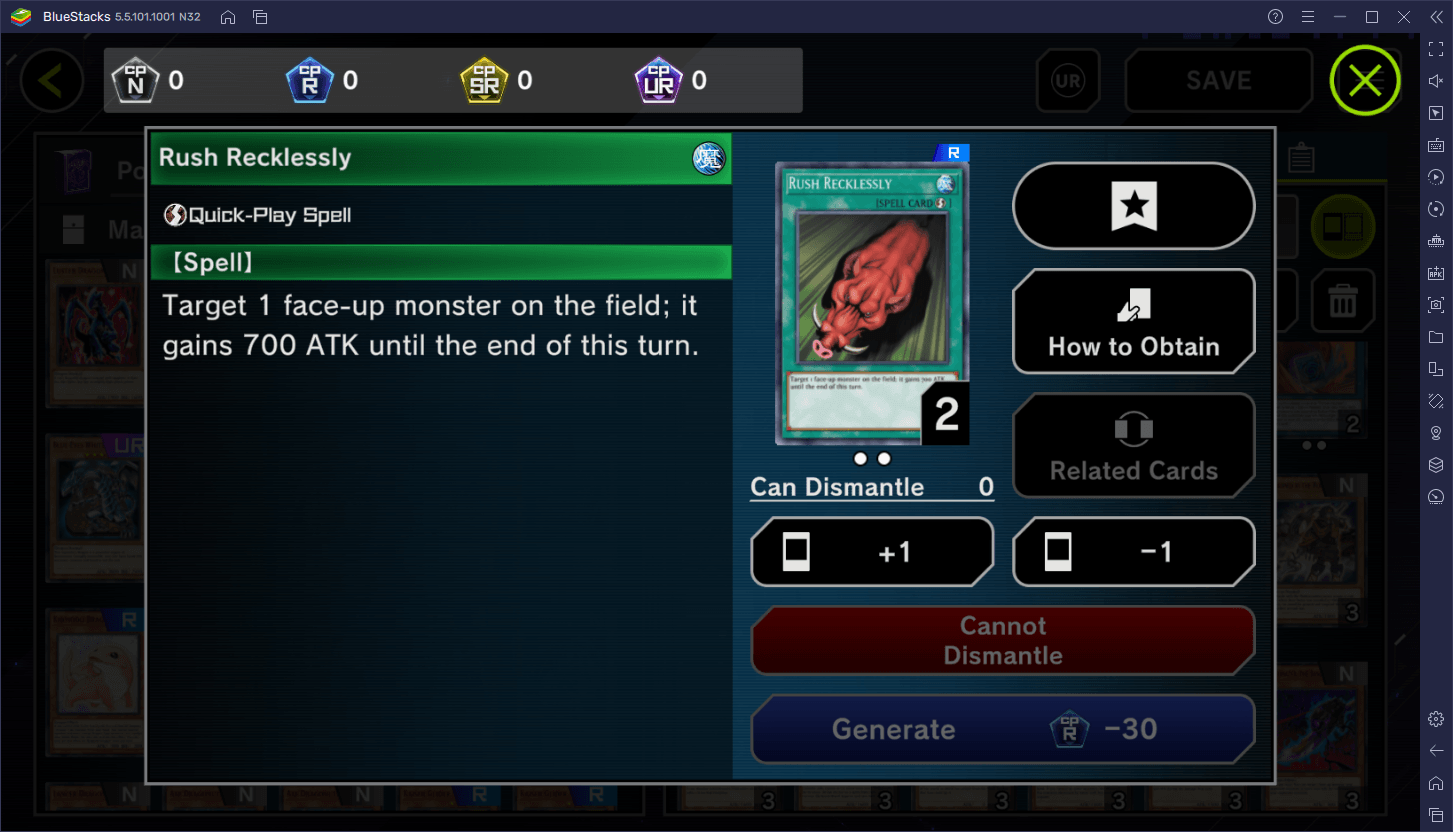
Cards with Spell Speed 2 can be used both in response to an action, such as an attack or spell, or to begin a chain itself. These cards are often referred to as “fast” cards and frequently state in their description that they can be used “during either player’s turn”.
Finally, cards with Spell Speed 3 are the fastest type of effect cards and are used mostly in response to other traps or fast effects. Therefore, they can’t be used on their own to begin a chain.
Yu-Gi-Oh! Master Duel Starter Decks Overview
Now that we know a bit about the basic mechanics of this awesome card game, let’s go ahead and talk briefly about Master Duel.
In this game, you can choose between three different decks when you finish the tutorial. Don’t worry too much about your choice here; you can unlock all of them eventually by completing missions. Nevertheless, if you want to know a bit more about each of them before choosing, you can simply select them and examine all the cards individually. Alternatively, here’s a quick rundown of all three decks:
-
Power of the Dragon
Straightforward, focusing on cards that can benefit and protect dragon-type monsters. The idea is to overwhelm enemies by special summoning lots of dragons using cards like Lord of D, along with The Flute of Summoning Dragon. Eventually, players can Fusion Summon Lord of Dragun to further realize the strategy of this deck and continue summoning more dragons. Once enough dragons are on the field, however, the ultimate Five-Headed Dragon can be Fusion Summoned. And by the time this happens, the duel is practically over.
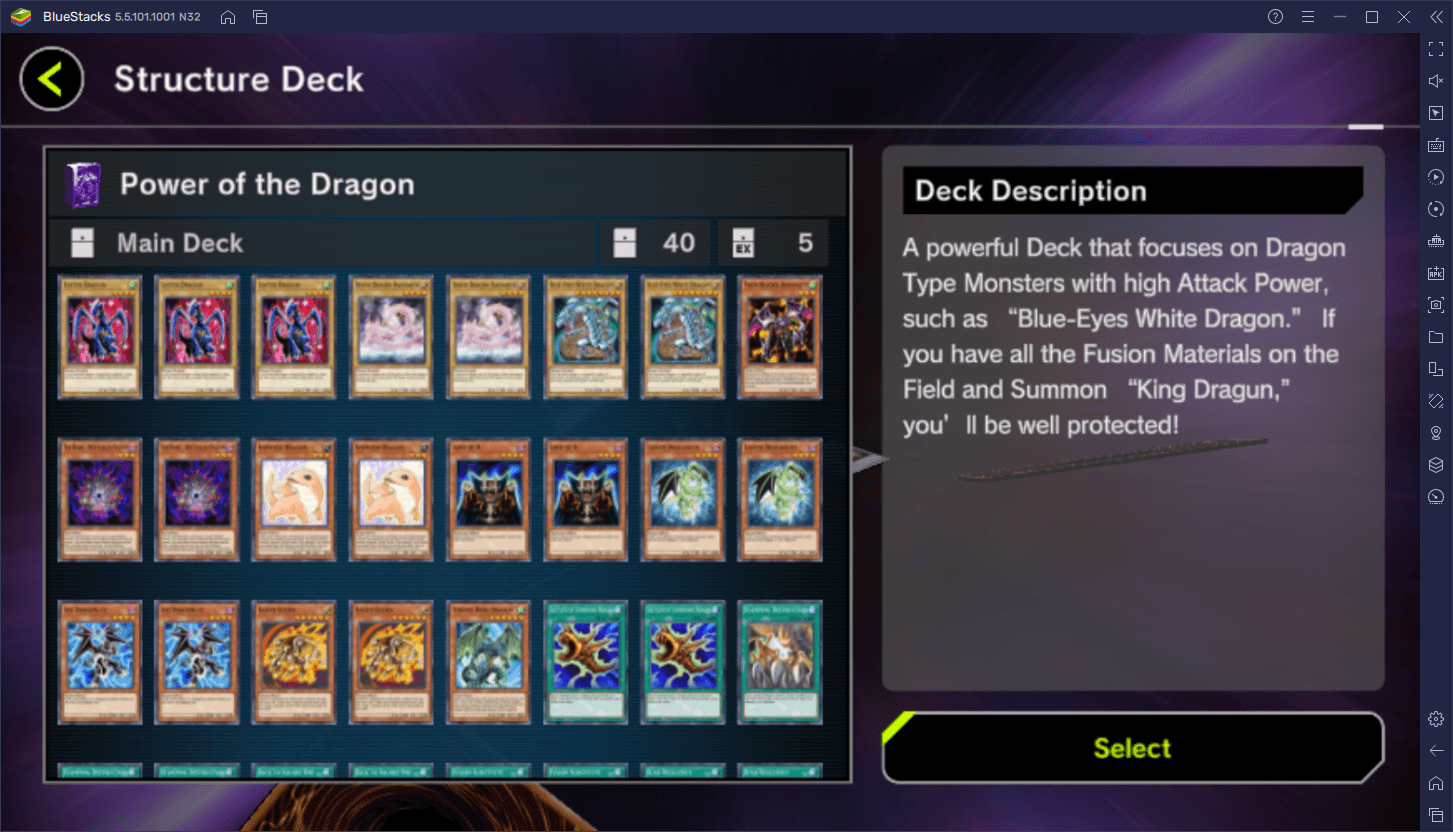
-
Synchro of Unity
Also, a relatively straightforward deck that offers lots of Warrior-type monsters, but can also tap into the power of Synchro-Summoning once the conditions are met. This deck offers a good balance between attack and defense, by not only offering lots of tools to quickly summon monsters to the field, as well as trap and spells to enhance both their attack and defense, but also the ability to Synchro Summon the powerful Junk Warrior, who gains attack for every level 2 or lower monster on the field.
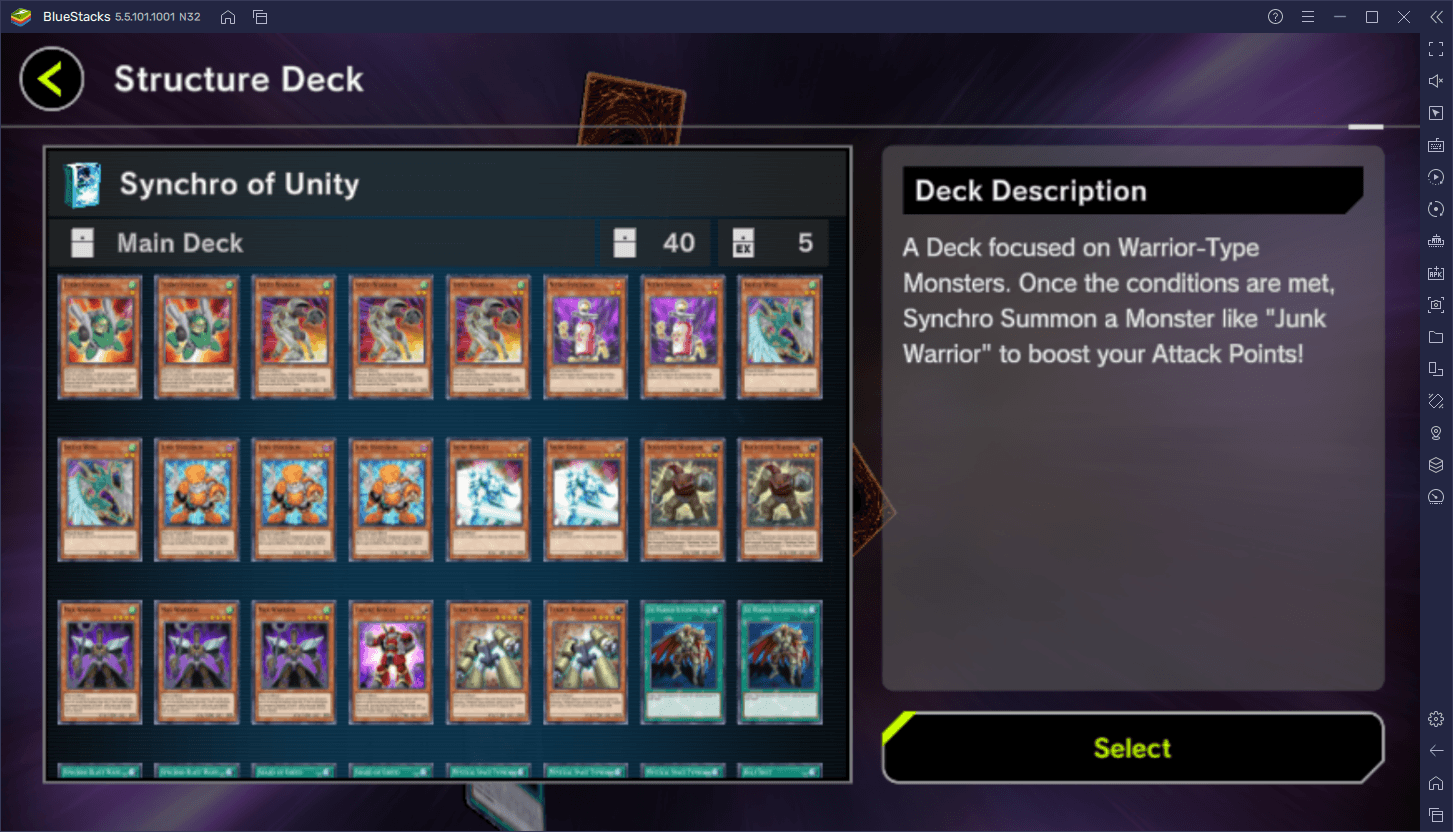
-
Link Generation
A deck focused on Cyberse monsters, with lots of special effects and tricks up its sleeve. Its core premise revolves around sacrificing monsters in order to Link Summon its strongest fighters, such as Decode Talker.
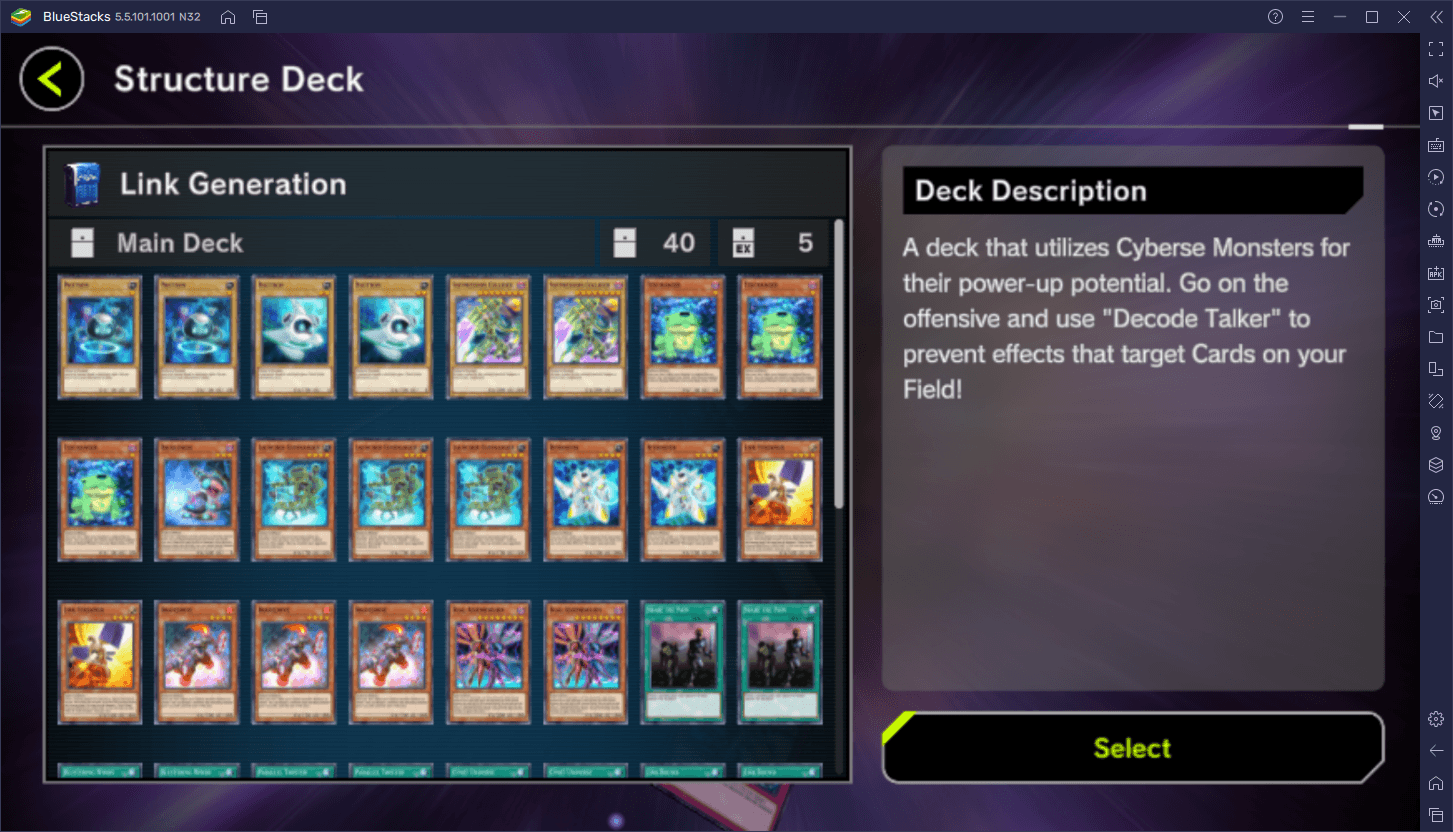
There’s much, much more to learn about Yu-Gi-Oh! Master Duel in order to grasp its mechanics. But hopefully, with the basic info we’ve shared here, you can get a good understanding of the basics.

